So this week the ICBF Active Bull list was published (p38-39) allowing those farmers who want the most up-to-date EBI figures select between sires ranked on EBI.
Yes, it is extremely late to be publishing the list and this makes it difficult for the farmer and the AI service companies. However, I’d prefer to know the changes before I had the AI straw in the cow. Compare this with a scenario of getting information a month after half the cows are in-calf and then ICBF releases the figures then.
The other question that must be answered in this whole debate is the necessity for an active bull list. Is the list the right way to go? Does it promote the wrong type of action and entice farmers to go selecting between individual bulls?
The ICBF, farmers and the AI companies must answer this question. The alternative is to put together packs or teams of bulls and this is what is delivered to farmers to match breeding decisions on farm.
This packs business must not be a ploy to hide poor EBI sires – the average of the pack must still be well ahead of the game. Farmers who have straws ordered need to assess what they have in the tank now in light of the new numbers.
The downward shift in the genomic numbers further emphasises the need to use teams of bulls rather than depend on any one or two individual sires. This has been the advice for the last number of years and never before has it been so important.
I think there is an onus on the AI companies to create packs now that keep the average EBI of the pack high and keep a diversity of sires in the pack.
Of the 10,000 farmers that use AI, I understand only about 10% of herd owners are delivering heifers with the right mix of sires. By this I mean delivering heifer calves on the ground from four or five sires.
Is AI and genomics still the way to go?
I was talking to a number of farmers this week looking for a bit of reassurance on this whole business around genomic figures. One of the barometers is the performance of herds in terms of fertility and milk production this year and last year. A lot more farmers are managing to get compact calving and a lot more are improving milk solids produced.
When you isolate the top 10% of high-EBI cows, between 2011 and 2015 the six-week calving rate went from 67% to 73%. Mean calving date is gone from 5 March to 28 February. That’s a big turnaround from where we were going in the past.
Fat and protein percentages are on the move upwards also and this means real money for farmers. From 2012 to 2016, the increase in profit, not revenue, was worth €20 per cow. So yes, for me the answer is that we are on the right road.
Now I fully accept that not all the sires available are exactly what you would want in a sire but I’d ask if that will always be the case?
You do need a certain amount of diversity in the gene pool. All you can really do is try and put a pot of sires together that tick a large number of boxes. Put too much on the required ticket and you will reduce the list down to zero.
One of the biggest issues that a farmer can affect is calving date. I’m a believer in early spring milking rather than late winter. I don’t understand why farmers would prefer to continue milking into December and start calving in February. For those on dry ground I’d much prefer to start calving in late January. At least then you have the opportunity to produce more milk from grass if the weather comes anyway right.
Yes, if the weather is poor you will have to produce some milk from silage, but at least there is still some up side to having cows calved and ready to produce milk from grass during the peak grass-growing season.
Is it time to scrap the active bull list? With genomics, teams of bulls must be picked and used evenly in herd.On-farm fertility and milk solids performance continues to improve.
So this week the ICBF Active Bull list was published (p38-39) allowing those farmers who want the most up-to-date EBI figures select between sires ranked on EBI.
Yes, it is extremely late to be publishing the list and this makes it difficult for the farmer and the AI service companies. However, I’d prefer to know the changes before I had the AI straw in the cow. Compare this with a scenario of getting information a month after half the cows are in-calf and then ICBF releases the figures then.
The other question that must be answered in this whole debate is the necessity for an active bull list. Is the list the right way to go? Does it promote the wrong type of action and entice farmers to go selecting between individual bulls?
The ICBF, farmers and the AI companies must answer this question. The alternative is to put together packs or teams of bulls and this is what is delivered to farmers to match breeding decisions on farm.
This packs business must not be a ploy to hide poor EBI sires – the average of the pack must still be well ahead of the game. Farmers who have straws ordered need to assess what they have in the tank now in light of the new numbers.
The downward shift in the genomic numbers further emphasises the need to use teams of bulls rather than depend on any one or two individual sires. This has been the advice for the last number of years and never before has it been so important.
I think there is an onus on the AI companies to create packs now that keep the average EBI of the pack high and keep a diversity of sires in the pack.
Of the 10,000 farmers that use AI, I understand only about 10% of herd owners are delivering heifers with the right mix of sires. By this I mean delivering heifer calves on the ground from four or five sires.
Is AI and genomics still the way to go?
I was talking to a number of farmers this week looking for a bit of reassurance on this whole business around genomic figures. One of the barometers is the performance of herds in terms of fertility and milk production this year and last year. A lot more farmers are managing to get compact calving and a lot more are improving milk solids produced.
When you isolate the top 10% of high-EBI cows, between 2011 and 2015 the six-week calving rate went from 67% to 73%. Mean calving date is gone from 5 March to 28 February. That’s a big turnaround from where we were going in the past.
Fat and protein percentages are on the move upwards also and this means real money for farmers. From 2012 to 2016, the increase in profit, not revenue, was worth €20 per cow. So yes, for me the answer is that we are on the right road.
Now I fully accept that not all the sires available are exactly what you would want in a sire but I’d ask if that will always be the case?
You do need a certain amount of diversity in the gene pool. All you can really do is try and put a pot of sires together that tick a large number of boxes. Put too much on the required ticket and you will reduce the list down to zero.
One of the biggest issues that a farmer can affect is calving date. I’m a believer in early spring milking rather than late winter. I don’t understand why farmers would prefer to continue milking into December and start calving in February. For those on dry ground I’d much prefer to start calving in late January. At least then you have the opportunity to produce more milk from grass if the weather comes anyway right.
Yes, if the weather is poor you will have to produce some milk from silage, but at least there is still some up side to having cows calved and ready to produce milk from grass during the peak grass-growing season.
Is it time to scrap the active bull list? With genomics, teams of bulls must be picked and used evenly in herd.On-farm fertility and milk solids performance continues to improve. 



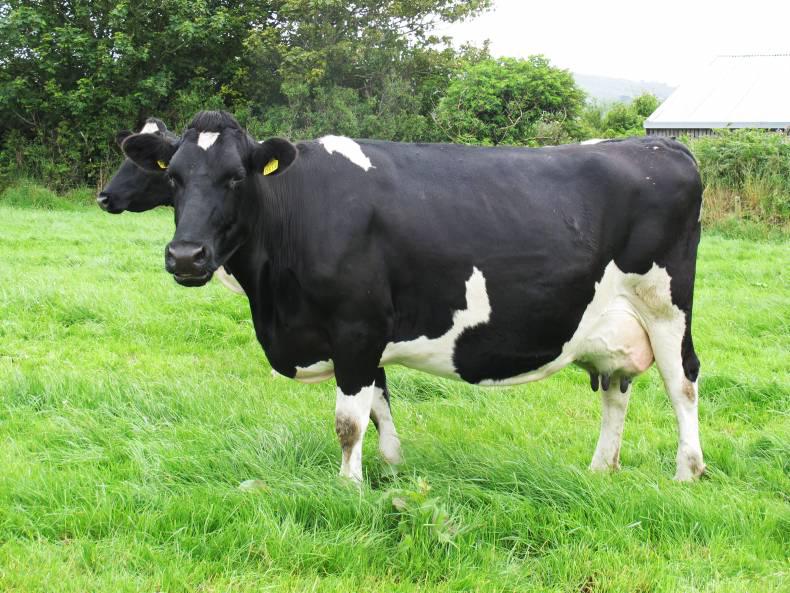
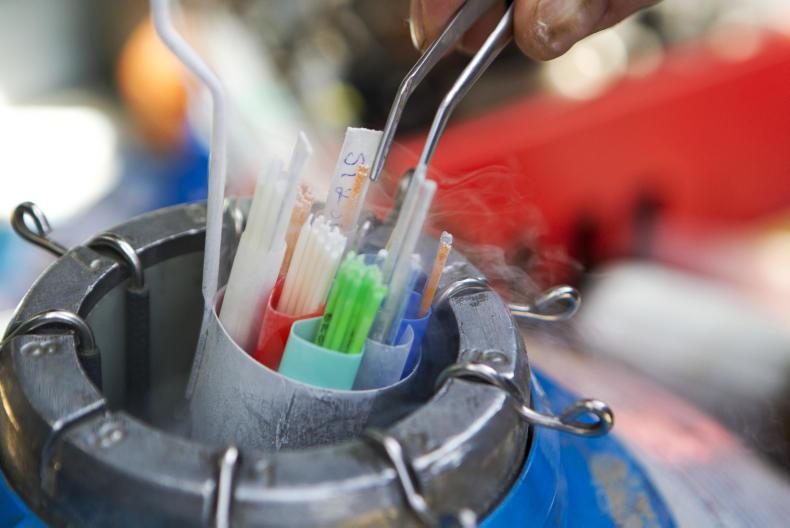
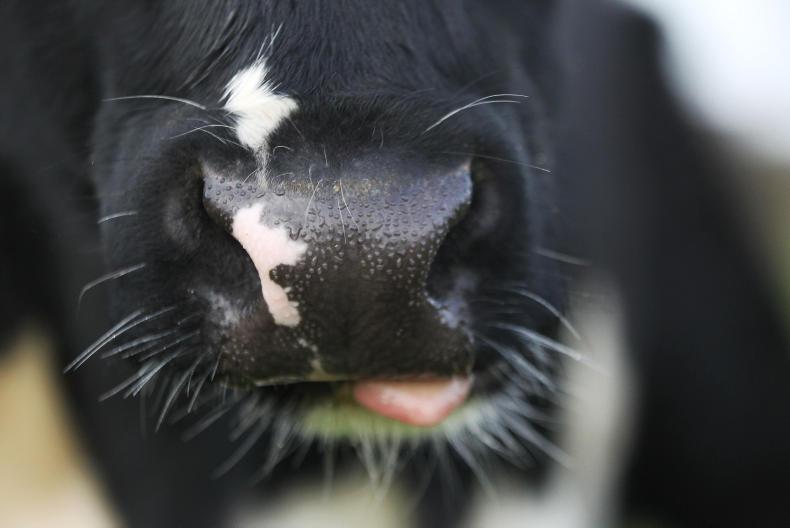
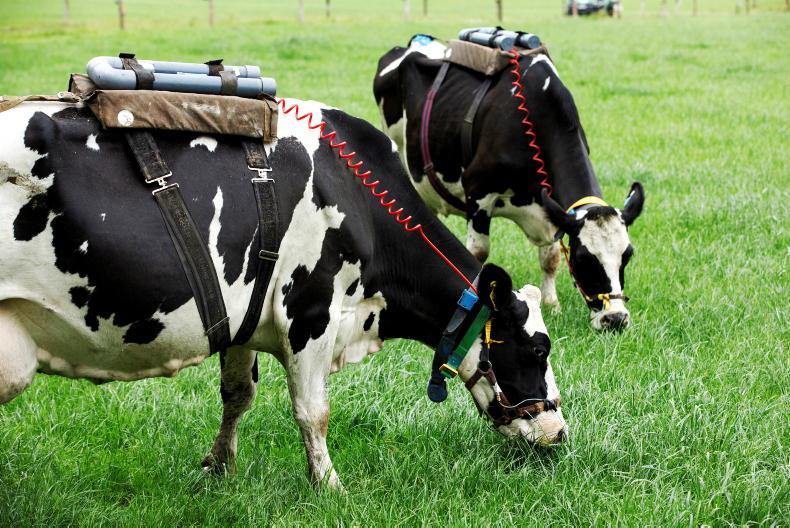
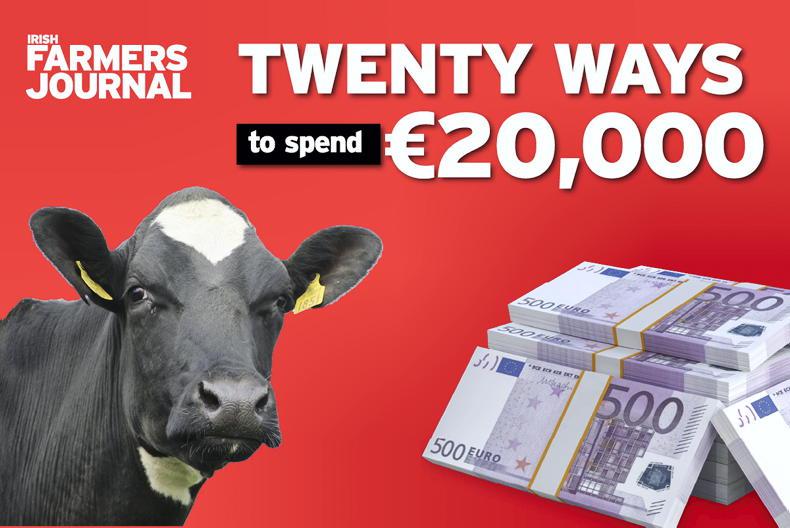
SHARING OPTIONS